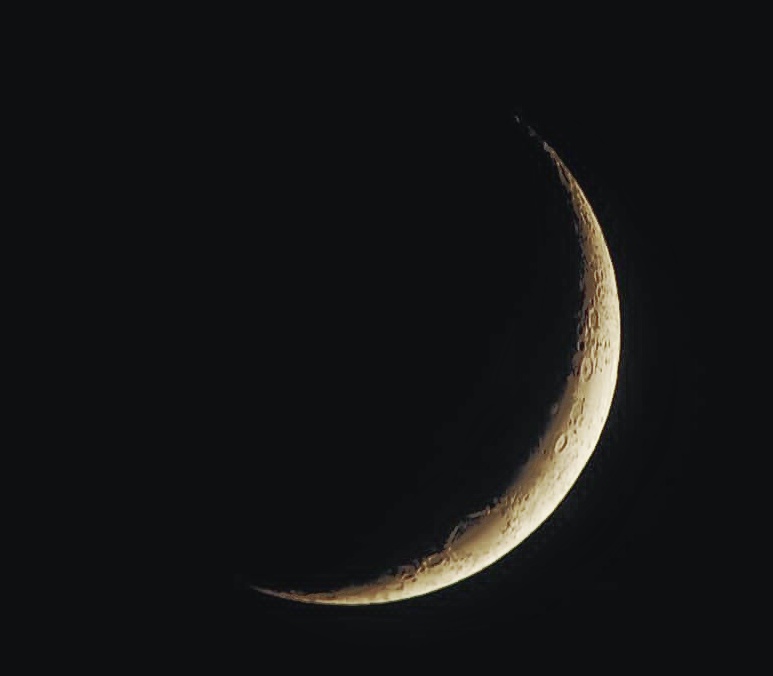- This event has passed.
Space drones round trips to the moon: how are they possible?
July 19 @ 17:00 – 18:00

A science and technology presentation by the founder and CEO of Gaseous electronics LLC (www.gaselco.com). Riyadh, Saudi Arabia.
———
Abstract
This presentation assesses the technical viability of a multi-stage propulsion concept for a 15-meter drone undertaking a lunar mission. The proposed architecture sequentially employs solid fuel for Low Earth Orbit (LEO) insertion, an air-breathing engine for LEO-to-vacuum transition, and a vacuum-optimized plasma thruster for trans-lunar cruise. Analysis indicates that while solid fuel propulsion is a mature and feasible solution for initial LEO insertion, capable of delivering drone-scale payloads (e.g., 4-500 kg) , the subsequent air-breathing engine stage presents a critical functional mismatch. Current Air-Breathing Electric Propulsion (ABEP) systems are designed for milli-Newton thrust levels (e.g., 6 mN) to compensate for atmospheric drag in Very Low Earth Orbit (VLEO) (120-250 km altitude), not to provide the substantial delta-V (3.2-3.6 km/s) required for a rapid “kick” into vacuum or Trans-Lunar Injection (TLI). This inherent low-thrust characteristic renders ABEP unsuitable for orbital escape maneuvers. Conversely, vacuum-optimized plasma thrusters (e.g., Ion, Hall Effect, VASIMR) are highly efficient for long-duration trans-lunar cruising, achieving high specific impulse (2,000-12,000 s) with low thrust (mN to few N), leading to travel times of several months. However, these systems demand continuous, high-power electrical input (kW to MW range), necessitating significant advancements in compact, high-power density energy sources and robust thermal management systems for drone integration. The overall concept’s viability is currently limited by the fundamental inability of proposed plasma technologies to provide high impulsive thrust for orbital escape and the substantial mass/complexity of required power infrastructure.

